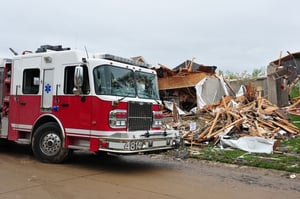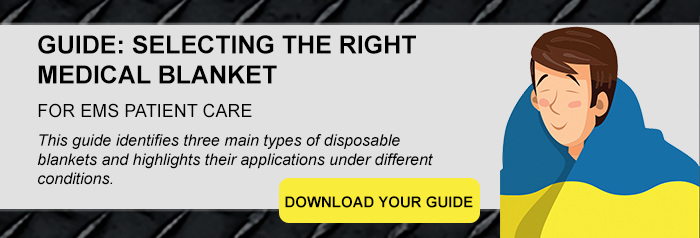 For many, there appears to be an onslaught of natural disasters happening in countries on the other side of the globe as well as our own backyards. It doesn’t matter how you get your news updates—you can watch it on TV, scroll through a website online, or turn to a podcast—natural disasters are reported across the globe and appear more to be frequent than in past years.
For many, there appears to be an onslaught of natural disasters happening in countries on the other side of the globe as well as our own backyards. It doesn’t matter how you get your news updates—you can watch it on TV, scroll through a website online, or turn to a podcast—natural disasters are reported across the globe and appear more to be frequent than in past years.
According to data from the National Oceanic and Atmospheric Administration (NOAA), the US experienced 16 separate billion-dollar natural disasters in 2017. The high frequency and final cost (over $300 billion for recovery and relief) made 2017 the record holding year for cumulative damage in the United States.
Emergency management involves the organization and delegation of resources to deal with humanitarian needs. Many states do not have long-term recovery plans in place and emergency personnel and others are left scrambling for ways to recover and revitalize the city. For EMS staff, if no long-term plan exists, then the recovery plan ends when EMS has rescued as many victims as they can.
As first responders and community leaders, we can encourage our community members to take action and prepare a disaster supply kit. These kits are recommended by the Center for Disease Control (CDC) and FEMA (among others). Having a kit could provide crucial support when emergency personnel are unable to reach the location of the patient or there are too few ambulances for a quick rescue. The emergency kit recommendations, provided by the Center for Disease Control (CDC), are listed below. This list provides a concrete list of essential items, such as emergency blankets, batteries, maps, and personal hygiene products; this can take the guesswork out of packing a bag.
A list of essential items, as recommended by the Center for Disease Control (CDC) for natural disasters, is provided, here:
- Water—one gallon per person, per day
- Food—nonperishable, easy-to-prepare items
- Flashlight
- Battery powered or hand crank radio (NOAA Weather Radio, if possible)
- Extra batteries
- First aid kit
- Medications (7-day supply), other medical supplies, and medical paperwork (e.g., medication list and pertinent medical information)
- Multipurpose tool (e.g., Swiss army knife)
- Sanitation and personal hygiene items
- Copies of personal documents (e.g., proof of address, deed/lease to home, passports, birth certificates, and insurance policies)
- Cell phone with chargers
- Family and emergency contact information
- Extra cash
- Emergency blanket
- Map(s) of the area
- Extra set of car keys and house keys
- Manual can opener
As you know, blanket selection is based on the needs of the person. At Graham Medical we have an array of options and provide a free guide to assist you, or those in the community, choose an emergency blanket for any situation.
In addition, we manufacture the MegaMover® Patient Transport Units, a flexible stretcher capable of supporting 1,000 pounds and providing 14 handles for optimal ergonomic lifting.
Contact us for further information or to allow our representatives to assist you in making your selection.

